- LATEST
- WEBSTORY
- TRENDING
JUST BEFORE MONDAY
Aura of the flora: Here's why plants have important place in religions
The mistletoe, the pomegranate, the Ashoka tree, the bael and several other members of the plant kingdom have acquired an important place across religions. Yogesh Pawar finds out why
Yogesh Pawar | Dec 22, 2018, 08:55 PM IST
1.Poinsettia (Christianity)

For a plant which came to India from Mexico via the US, it's amazing how easily its taken to this country. Traditionally poinsettias (named after the US ambassador to Mexico Joel Roberts Poinsett, who brought the plant out of Mexico in 1925) seems to suited to a tropical climate it seems to love the winter. Which is good considering it arrives in time for Christmas decorations. While the actual flowers are small, greenish yellow stubs, the leaves bunched around them, which can assume various hues of crimson, orange and red, is what makes them such a big attraction. While a school of thought likes to believe that the the red leaves together look like the Star of Bethlehem, there are cynics who say this is a creation of the American poinsettia industry, which florists and gardeners world over have been quick to catch up with.
2.Pomegranate (Zoroastrianism)
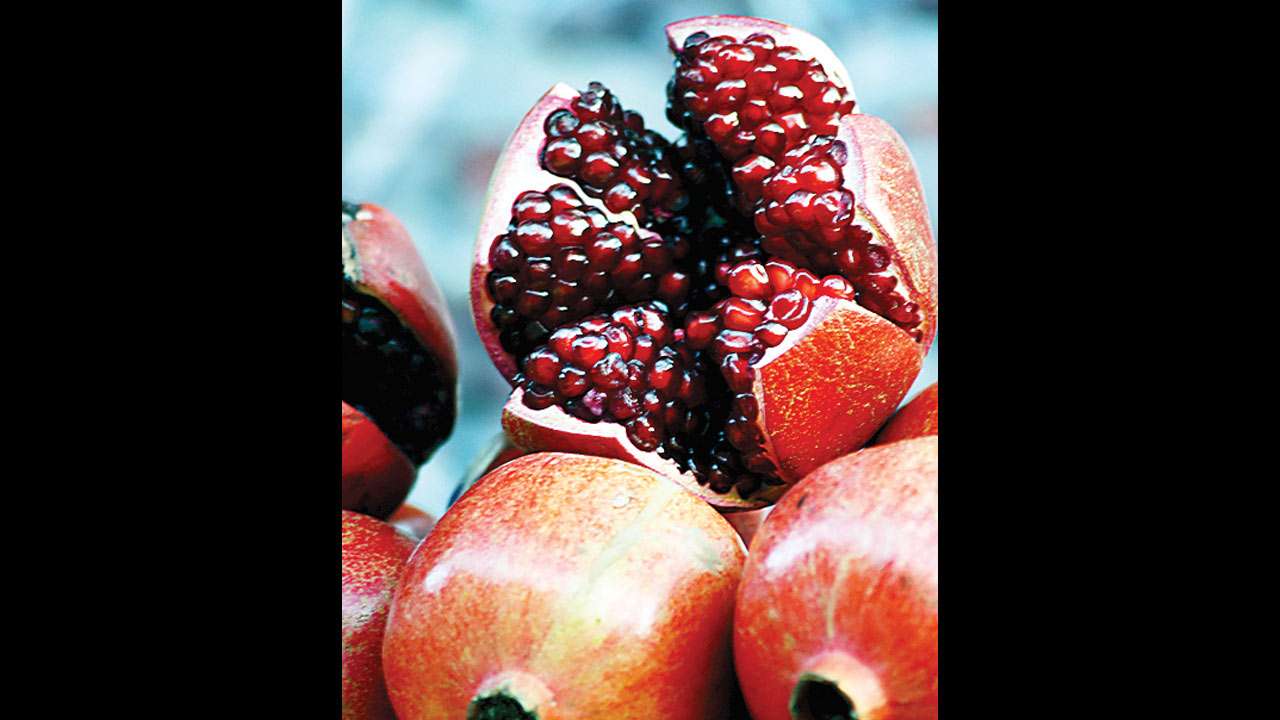
The pomegranate is used for religious purposes in Iran and India. It is referred to as hadhanaepat in the Avesta, and also mentioned in the Vendidad.
Since the pomegranate is an evergreen tree, it is a symbol of immortality, and so it is mandatory to have any part of the fruit, in rituals, generally done for the Fravashis – either living or dead.
Leaves of pomegranate are chewed during the Nahan ritual. Its twigs are pounded with Haoma twigs in the Yasna, Visperad and Videvdad rituals. In the Jashan, Afringan and Farokhshi rituals, a slice of the fruit is kept in offering.
(WIKIMEDIA COMMONS)
3.Ashoka tree (Jainism)

Given the number of herbs, plants, vegetables and fruits Jainism abjures, many would feel it does not enjoy a close relationship with plants. Yet the ancient texts of Jainism have mythological references to the Kalpvrikshas (wish fulfilling trees). The Ashoka tree, which is venerated as the Tirthankars are always shown giving a discourse ( samosaran ) under its branches. Given its emphasis on the non-material the pracititioners of Jainism do not use any part of the tree to worship. But it is still respected as a holy tree since it was chosen by the Tirthankars.
(PEXELS)
4.Meswak or Pilu tree (Islam)
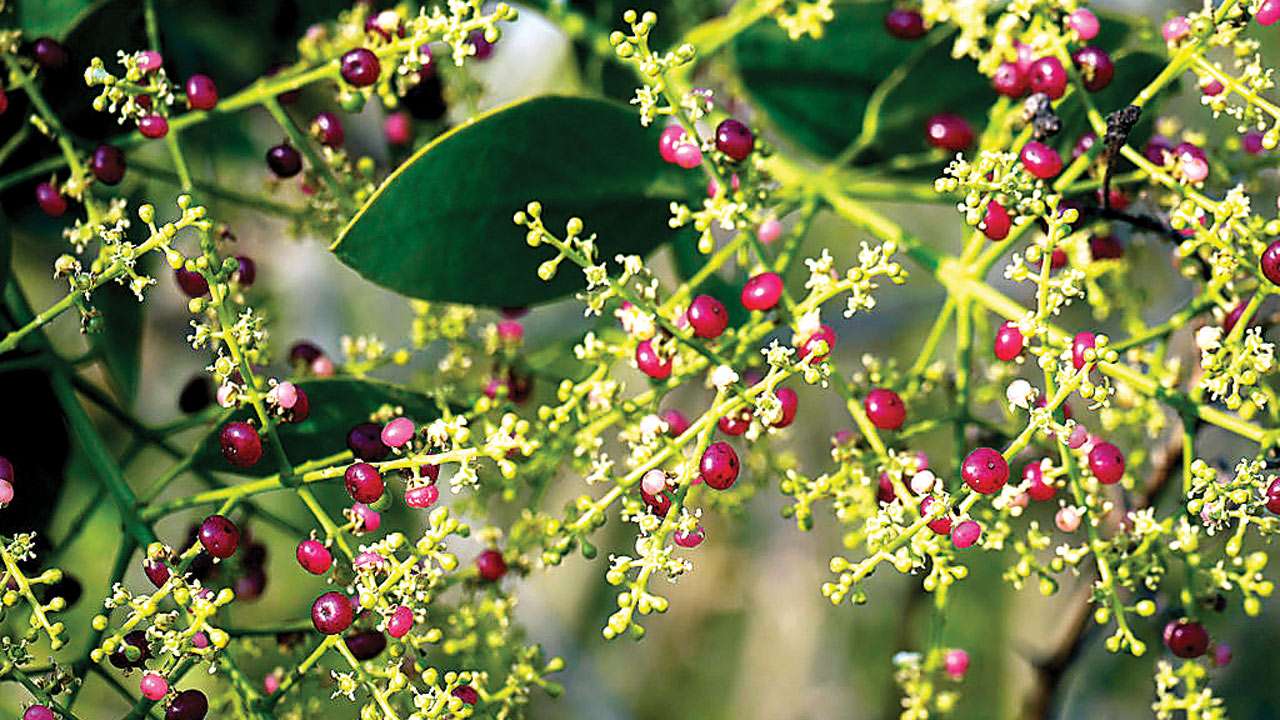
Baghdadi scholar of the late Abbāsid period Muḥibb al-Dīn Ibn al-Najjār (1183–1246) says: “A salat (prayer) offered after one has used miswak is 70 times superior to the salat offered without it.” While Ahmad ibn `Abd Allāh ibn Ahmad ibn Ishāq ibn Mūsā ibn Mahrān al-Mihrānī al-Asbahānī al-Ahwal al-Ash`arī al-Shāfi`ī, 1038) a medieval Persian Muslim scholar says: “Your mouths are the pathways of the Qur’an, so clean them with a meswak.”
This establishes how important the meswak plant is for Muslims. They not only believe in its dental health benefits, but feel “it purifies the mouth, the pathway of the Qur’an al-karim, gives the mouth a nice smell, increases the eloquence of speech, makes the Devil distraught, multiplies one’s rewards (thawab), cures the bile, relieves the veins in the head, soothes a headache, and causes the soul to leave the body easily.” Particularly used in the Holy Month of Ramzan, the meswak was what the Prophet always carried.
TRENDING NOW
5.Etrog (Judaism)

The etrog is a variety of the citron, considered holy by the Jews. The fruit is chosen under a rabbi's watch. The species is found in Palestine from where Jews world procure it from. The use of the etrog is important from early childhood for male children as it is an integral part of the Brit Milah ceremony when the young boy child is circumcised on the eighth day. Pregnant Jewish women are encouraged to eat etrogs or its jam as it's believed to make child birth easy. Some orthodox Jews pierce etrogs with cloves or cinnamon to mark the end of Shabaat.
6.Kadamba Tree (Hinduism)
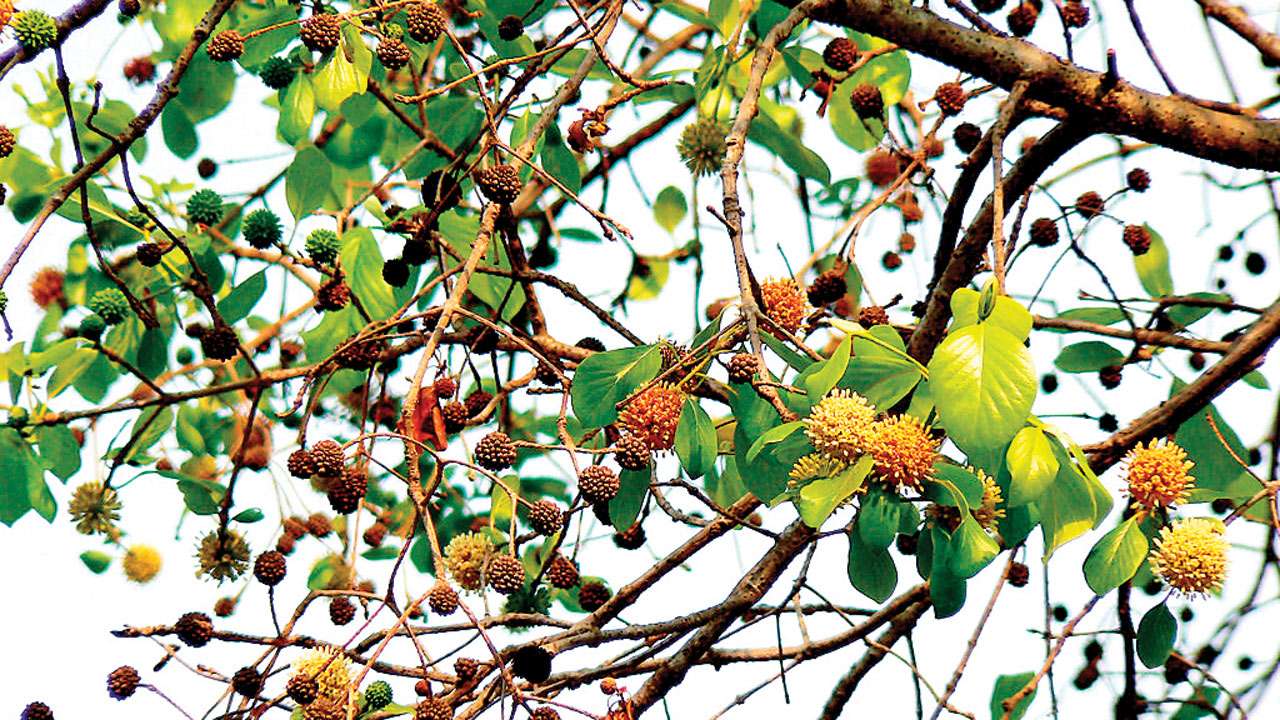
This tree is often seen in depictions of Krishna, whether he is playing the flute as a cowherd, surrounded by gopis in a raas or when he hides up in its branches while they bathe and as seated on a swing with his Radha. Not only temple art and sculpture in Northern India, but also miniature painting styles bring in the tree, which is religiously significant in the Vaishnav tradition.
In the South, it's associated with the Mother Goddess and her myriad forms. Karnataka dedicates a festival to the tree called Kadambotsava to honour the first ruling kingdom of the region.
(FLICKR)
7.Peepal tree (Buddhism)

It was under a peepal tree in Gaya (current Bihar) that Siddhartha Gautam attained enlightenment and became the Buddha after meditating under the tree for 49 days. It is called the MahaBodhi tree and a branch of this tree was taken by Emperor Ashoka's daughter Sanghamitra to the then Sri Lankan capital of Anuradhapura. Though the peepal is not endemic to several Southeast Asian countries where Buddhism has spread, it is not uncommon to find the trees planted in the vicinity of Buddhist shrines and monasteries.
(WIKIMEDIA COMMONS)
8.Sugarcane (Hinduism)

The end of the winter solstice is an important milestone on the Hindu calendar celebrated as a harvest festival across India. Hinduism sees this time of the year as one of enlightenment, peace, prosperity and happiness followed by a period of cold, darkness and sorrow. Known as Makar Sankranti across several parts of Central and Western India, Pongal in Tamil Nadu and Lohri in Punjab, the occasion sees people give sugarcane along with sweets made of til (sesame) and jaggery.
While the rich nourishing agent, til when consumed with jaggery helps digestion and fortifies the body, sugarcane strengthens the stomach, cuts down acidity, improves the efficiency of kidneys, liver and reproductive organs.
Many gods and goddesses are depicted through mythology as holding sugarcane, which symbolises firmness, straightforwardness with a core of sweetness within.
9.Reetha tree (Sikhism)
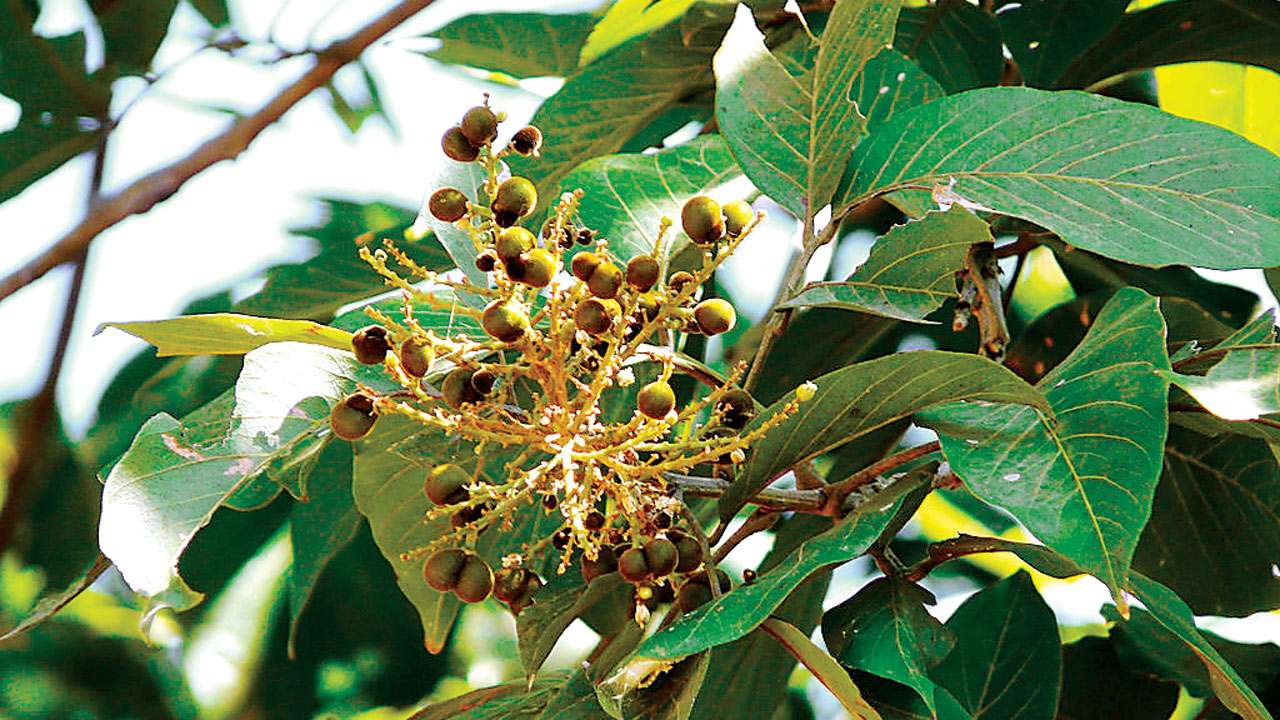
Once the founder of Sikhism Guru Nanak was sitting under a reetha (soapnut) tree with his long time follower Bhai Mardana when the latter felt hungry and asked the mendicants around for food. They mocked him saying his guru should provide for him. Guru Nanak asked him to eat the fruits off the soap nut tree. Though these are actually bitter, Mardana did as told, only to find the fruits really sweet.
A gurudwara called Meetha Reetha sahib has been built here, in the Champawat district of Uttarakhand. To this day fruits of this tree are sweet, attest pilgrims.
(FLICKR)
10.The Bael tree (Hinduism)
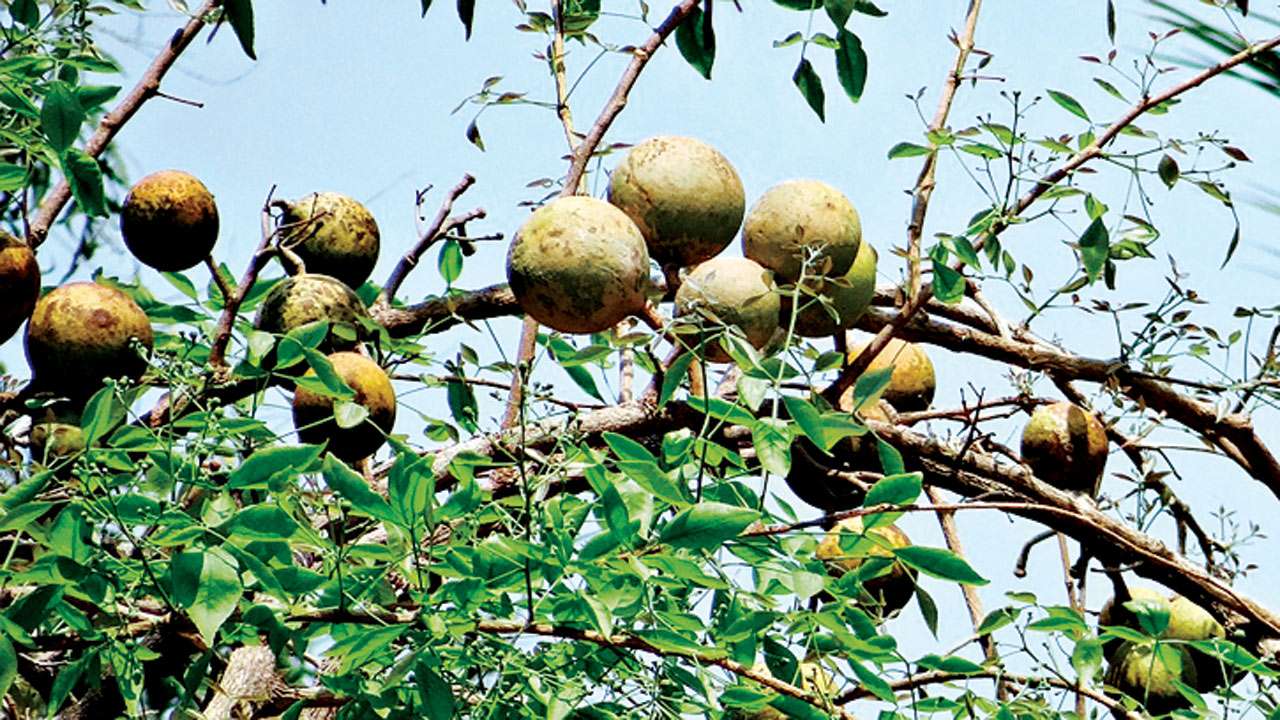
An important tree for the Shaivite sect in Hinduism, its trifoliate leaves are much sought after for the worship of the three-eyed Lord Shiva. One of the first mentions of the use of bael for religious worship is found the Sri Shuktam of the Rig Veda. Incidentally, here it is suggested that the Goddess Lakshmi resides in the plant. In parts of Nepal and foothills of Himalaya, there is a tradition of marrying girls to a bael tree. While the tree is alive, even if her human husband is dead she is not considered a widow. In several schools of traditional medicine like Ayurveda and Siddha the bael leaves, fruits, bark and roots are used. Bael helps cure diarrhoea, cholera, hemorrhoids and vitiligo.






)

)
)
)
)






























































